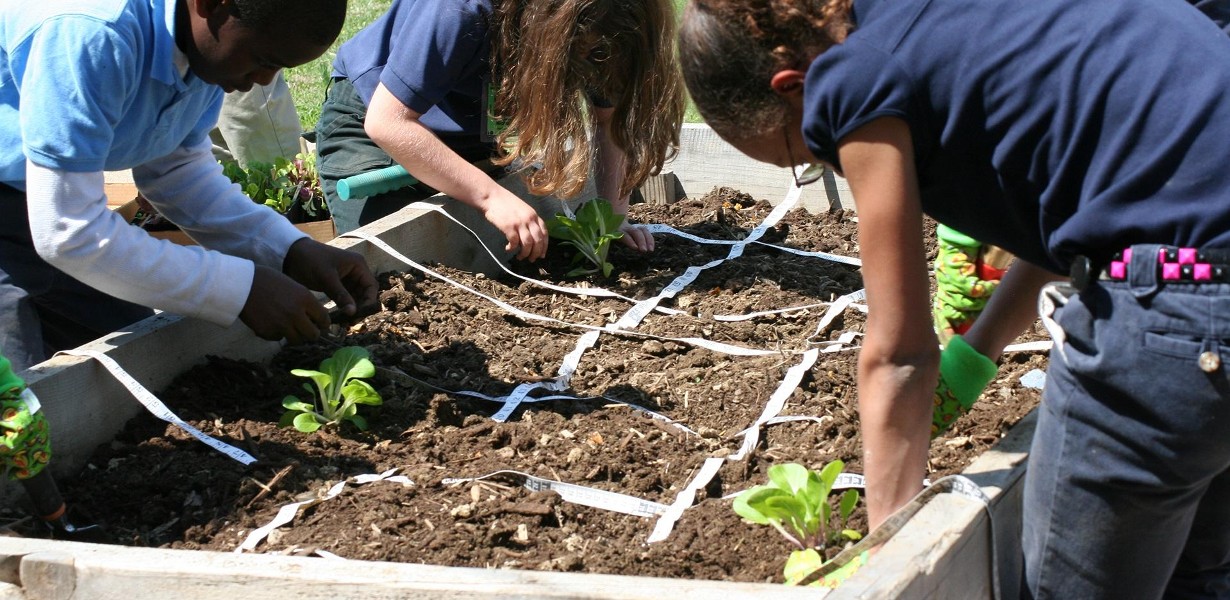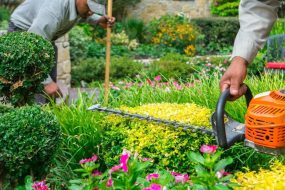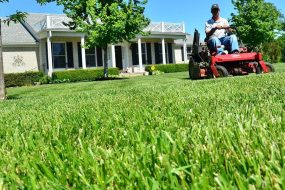
In this comprehensive beginner’s guide, we delve into the world of sustainable gardening, exploring the principles, practices, and benefits of this eco-friendly approach. Sustainable gardening has gained significant traction in recent years, as individuals and communities strive to minimize their environmental impact while nurturing thriving gardens. By adopting sustainable gardening practices, you can create a beautiful, self-sustaining oasis that not only enhances your surroundings but also contributes positively to the planet. Let’s embark on this green journey together!
Harnessing the Power of Sustainable Gardening
Sustainable Gardening Practices for a Greener Tomorrow
Sustainable gardening practices form the foundation of a greener tomorrow. By embracing these practices, you contribute to the preservation of our ecosystem, support biodiversity, and reduce the carbon footprint associated with traditional gardening methods.
Embracing Organic Gardening Techniques
One of the fundamental pillars of sustainable gardening is embracing organic gardening techniques. By avoiding synthetic fertilizers, pesticides, and herbicides, you create a chemical-free environment that fosters natural growth and nurtures beneficial organisms. Organic gardening encourages the use of compost, natural pest control methods, and crop rotation, promoting healthier soil and safeguarding the delicate balance of nature.
Water-Wise Gardening: Conserving Our Most Precious Resource
Water scarcity is a pressing concern in many regions, making water-wise gardening an essential aspect of sustainable gardening practices. By employing efficient irrigation systems such as drip irrigation and mulching, you minimize water wastage and promote responsible water consumption. Capturing and utilizing rainwater through rain barrels or cisterns further reduces reliance on municipal water sources, ensuring a more sustainable approach to gardening.
Companion Planting: A Natural Harmony of Species
Companion planting, a time-honored technique, involves cultivating plants that naturally complement and support each other’s growth. By strategically pairing compatible plants, you enhance pest control, maximize pollination, and optimize nutrient absorption. For example, interplanting marigolds with vegetables can deter harmful insects, while planting nitrogen-fixing legumes alongside other crops enriches the soil naturally.
The Benefits of Sustainable Gardening
Sustainable gardening offers a myriad of benefits, both for you as a gardener and for the environment. Let’s explore some of these advantages in greater detail:
Environmental Preservation
By adopting sustainable gardening practices, you actively contribute to environmental preservation. Through organic gardening techniques, you reduce the usage of harmful chemicals that can contaminate soil, water, and air. By conserving water and practicing responsible irrigation methods, you mitigate water scarcity issues and ensure the long-term health of ecosystems. Furthermore, sustainable gardening promotes biodiversity, creating habitats for beneficial insects, birds, and other wildlife.
Self-Sustainability and Cost Savings
Sustainable gardening empowers you to become more self-sufficient and reduces your reliance on external resources. By composting organic waste and utilizing rainwater, you can produce nutrient-rich soil amendments and reduce water bills, respectively. Growing your own food also allows you to enjoy fresh, pesticide-free produce, saving money and fostering a healthier lifestyle.
Aesthetic Appeal and Mental Well-being
A sustainable garden can be an aesthetically pleasing haven, providing a serene and rejuvenating environment. The vibrant colors, fragrant blooms, and harmonious balance of nature create a sensory experience that promotes relaxation and mental well-being. Gardening itself has been proven to reduce stress, increase mindfulness, and enhance overall happiness.
Frequently Asked Questions (FAQs)
FAQ 1: How can I start a sustainable garden from scratch?
Creating a sustainable garden from scratch requires careful planning and a step-by-step approach. Begin by assessing your space and considering factors such as sunlight, soil type, and climate conditions. Focus on organic soil preparation, incorporating compost and natural fertilizers. Select native plants that are well-suited to your region, as they require less maintenance and are more resistant to local pests and diseases. Implement water-wise irrigation methods and prioritize recycling and reusing materials within your garden.
FAQ 2: Can I still have a beautiful garden without using synthetic chemicals?
Absolutely! In fact, sustainable gardening often results in even more beautiful and vibrant gardens. Embrace organic gardening techniques, which encourage healthier plants and promote natural resilience to pests and diseases. By fostering a diverse ecosystem within your garden and utilizing companion planting, you can achieve a harmonious balance that minimizes the need for synthetic chemicals.
FAQ 3: How can sustainable gardening contribute to food security?
Sustainable gardening plays a crucial role in enhancing food security by promoting local food production. By growing your own fruits, vegetables, and herbs, you reduce reliance on commercially produced food that may have traveled long distances, consuming valuable resources in the process. Moreover, sustainable gardening allows you to prioritize heirloom and open-pollinated varieties, preserving genetic diversity and safeguarding food resilience for future generations.
FAQ 4: What are the most effective pest control methods in sustainable gardening?
In sustainable gardening, pest control focuses on natural, non-toxic methods. Encouraging beneficial insects, such as ladybugs and lacewings, which prey on harmful pests, is an effective strategy. Additionally, introducing physical barriers like netting or row covers can protect crops from pests. Planting aromatic herbs like basil or marigolds alongside susceptible plants can also repel pests through their natural scents.
FAQ 5: How can I make my sustainable garden more wildlife-friendly?
To make your sustainable garden more wildlife-friendly, create a variety of habitats that cater to different species. Incorporate native plants that provide food and shelter for birds, butterflies, and bees. Install bird feeders, birdhouses, and birdbaths to attract avian visitors. Provide water sources like small ponds or shallow dishes for amphibians and insects. Avoid using chemical pesticides to ensure a safe environment for beneficial wildlife.
Conclusion
Sustainable gardening offers a holistic approach to cultivating a greener future. By implementing organic gardening techniques, conserving water, and embracing companion planting, you can create an eco-friendly haven that harmonizes with nature. The benefits are manifold, ranging from environmental preservation and self-sustainability to enhanced aesthetics and improved well-being. So, join the sustainable gardening movement and be a part of the positive change we all wish to see in the world. Together, we can cultivate a brighter, more sustainable future—one garden at a time.
Advertisement







